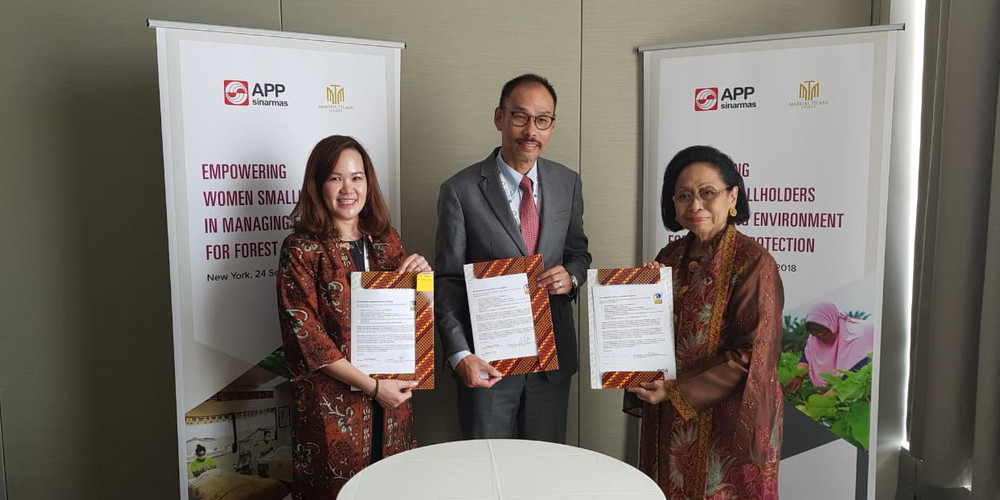At the ASEAN summit in Bangkok on Monday (4 Nov), India announced that it will opt out of the RCEP (Regional Comprehensive Economic Partnership) Agreement.
Indian PM Narendra Modi said that India was dropping out of the agreement, citing its negative effects on India. “The present form of the RCEP Agreement does not fully reflect the basic spirit and the agreed guiding principles of RCEP. It also does not address satisfactorily India’s outstanding issues and concerns. In such a situation, it is not possible for India to join RCEP Agreement,” he told leaders of the other 15 nations in Bangkok.
The summit included China, Japan, Australia, New Zealand, South Korea, and the 10-nation ASEAN countries.
“When I measure the RCEP Agreement with respect to the interests of all Indians, I do not get a positive answer. Therefore, neither the talisman of Gandhiji nor my own conscience permit me to join RCEP,” Modi added, referring to the stakes of Indian farmers, traders, professionals and industrialists, all of whom have protested against RECP.
When asked whether India might consider joining RCEP at a later date, an Indian MEA official said, “Not as the agreement stands today.”
Sources said Indian officials, who had hoped for consensus on pushing the timelines on an agreement to next year, reacted angrily to the joint statement, and stormy scenes were reportedly witnessed over the wording of the statement. The Indian officials also accused the other nations of attempting to “gang up” in an attempt to force India to toe the line on some of the issues which India has wanted like safeguards against flooding of Chinese goods, allowing Indian labour mobility to other countries for services, and agricultural and dairy tariffs.
PM Lee: Hope one day India will join RCEP
Meanwhile, Prime Minister Lee Hsien Loong told reporters that with 15 economies on board (without India), the agreement was a substantial one. He said he understood India’s decision to “not yet” join in.
“It’s a pity that India is not yet on board, we hope one day it will come on board. But nevertheless, this is a very major step forward for the RCEP – tremendous progress for which we have to thank the negotiators from all of the countries,” said Mr Lee.
He also said he understands India’s position. “And there’s no anxiety or rancour… We fully understand and appreciate India’s point of view. They have made that decision. We respect that decision,” he added.
“We hope one day that it will be possible, either because we can overcome the specific issues that are outstanding or India takes a different perspective, (for us to) come together and India will be part of the group,” Mr Lee said. “If possible, it happens by next year then everybody can sign.”
Issues on market access as well as some “technicalities” had meant that India did not agree to the deal, he revealed.
India has long been pushing for other countries to allow greater movement of labor and services in return for opening its market. Obviously, India didn’t get what it had wanted among other things.
India gets what it wanted in CECA
In any case, India did get what it wanted by signing the Comprehensive Economic Cooperation Agreement (CECA) with Singapore.
In return for allowing more investments by Singapore in India, CECA permits movement of professionals between India and Singapore. For example, professionals from 1 country employed in 127 specific occupations will be allowed entry and stay for up to 1 year or the duration of contract, whichever is less, in the other country.
Intra-corporate transferees (i.e. managers, executives and specialists within organisations) will also be permitted to stay and work in India and Singapore for an initial period of up to 2 years or the period of the contract, whichever is less. The period of stay may be extended for period of up to 3 years at a time for a total term not exceeding 8 years.
Indeed, many Indian software houses do transfer their staff from India to work in their subsidiaries here in Singapore, with many operating out from Changi Business Park.

Under CECA, the movement of people between the 2 countries does not apply to immigration measures as long as these immigration measures do not nullify or impair the commitments made by either country.
“With freer movement of business persons between countries, bilateral trade and investment flows should be significantly enhanced. Hence, companies from both countries can leverage on the chapter to drive greater economic integration between India and Singapore,” CECA stated.







